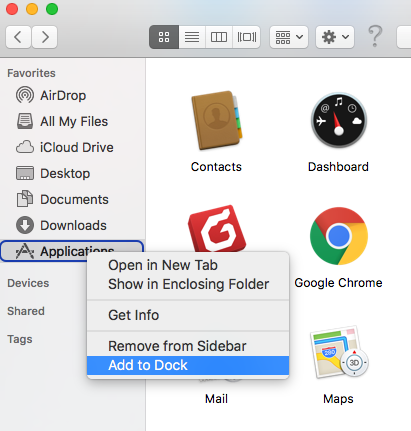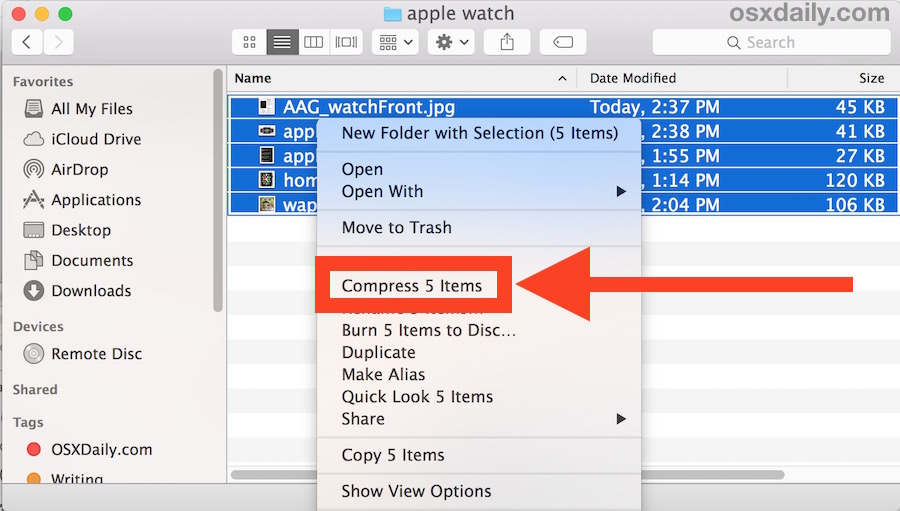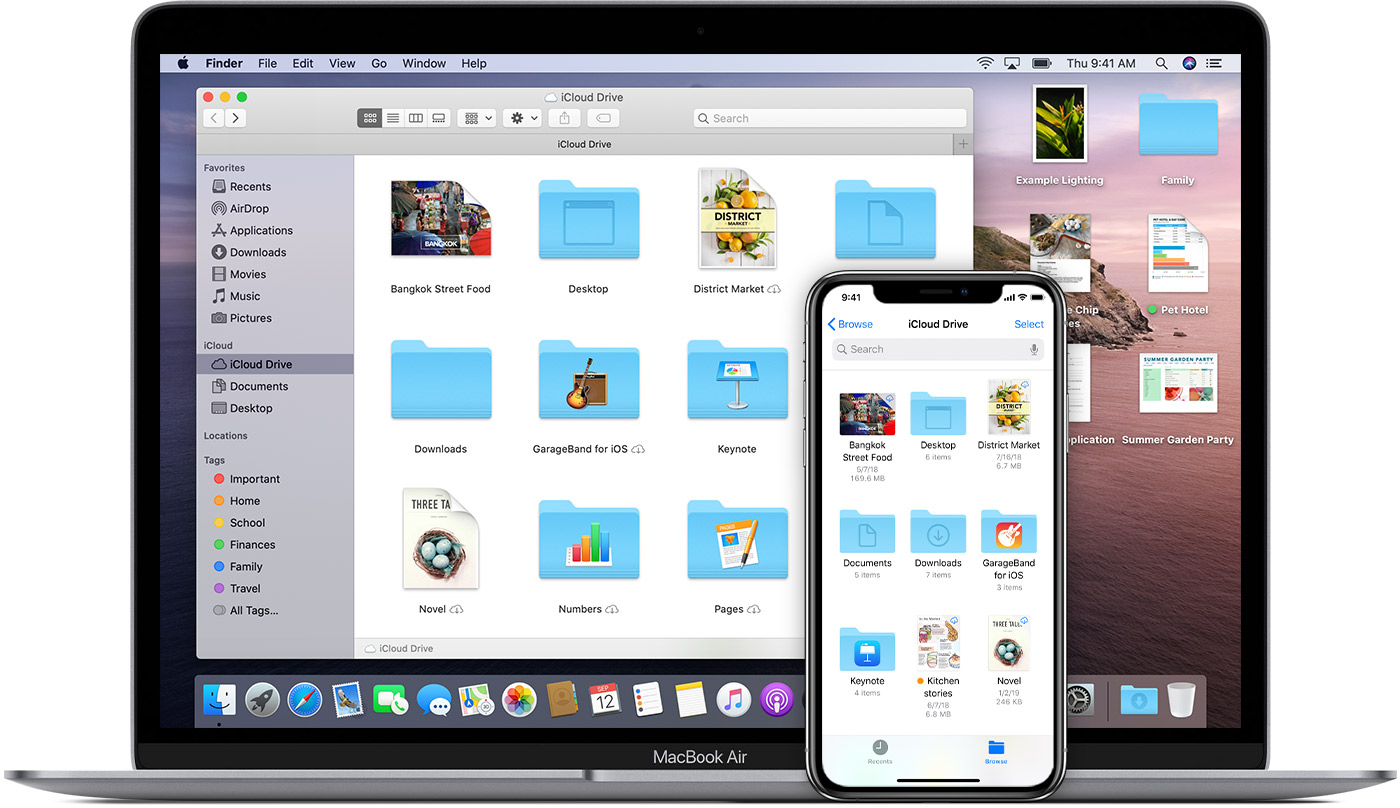Mac OS X doesn’t have an obvious way to view the exact text based path to a folder (otherwise known as a directory) in the finder window. You can have it show a graphical path, but getting just the text based path to a directory (for use in the Terminal for example) requires a couple of extra steps.
A download is pretty much useless if you can't find it on your Mac. But that won't be a problem for you, because we're about to discuss multiple quick and easy ways to locate files on your. To display the Download status list from the keyboard, press cmd+Option+L. You can also click the Download button at the upper-right corner of the window to display the Download list. By default, Safari saves any downloaded files to the Downloads folder that appears in your Dock. Mar 29, 2019 A download folder is a folder where you save files that you download through your computer. Many programs create a default download folder to save downloads when they are installed, however the default location of the download folder can. Jul 05, 2019 I’ve seen a lot of cluttered and disorganized Downloads folders on Mac. A lot.For me, at least, it’s much easier to keep my downloaded files cleaned up and organized if I download to my Desktop which I’m constantly looking at then to download to the downloads folder which I don’t pay attention to until it gets too cluttered to find anything. Ways to organize files on your Mac desktop. The desktop takes up most of your screen, and it’s the area where you’ll do most of your work. If you keep files—documents, folders, and aliases—on your desktop, you can organize them to make it easier to find the items you need.
Oct 18, 2019 To move a file to the Trash, drag the file to the Trash in the Dock. Or select one or more files and choose File Move To Trash (Command-Delete). To remove a file from the Trash, click the Trash to open it, then drag the file out of the Trash. Or select the file and choose File Put Back. To delete the files in the Trash, choose File Empty.
Yosemite users special note
Apple removed the ability to easily copy the file path in OS X Yosemite. Yosemite users must now follow a complicated procedure of creating a Service to do this simple task or take the path directly from the command line.
El Capitan - Built in file path copy function
If you are a El Capitan user you are in luck, Apple has now created a specific command to capture the file path. Instructions on how to use this can be found here.
Mavericks and below - How to find the Absolute Path to a folder on Mac OS X
Here are the instructions for finding the file path on Mavericks and below..
Mac os 10.12 download apple. Your Mac also needs at least 2GB of memory and 8.8GB of.introduced in 2009 or later, plus MacBook (13-inch, Aluminum, Late 2008)introduced in late 2008 or laterintroduced in mid 2007 or laterintroduced in early 2009 or laterintroduced in mid 2007 or laterintroduced in early 2008 or laterXserve models introduced in early 2009To find your Mac model, memory, storage space, and macOS version, choose About This Mac from the Apple menu . You can upgrade to OS X El Capitan from on any of the following Mac models. If your Mac isn't compatible with OS X El Capitan, the installer will let you know.
This will happen if your file is. Saved to a local folder'. Excel and word download for mac.
The first thing to do is identify the folder you need to know the full path for. In this example it’s the “month 1″ folder of my Insanity Workout folder (and yes, I did buy Insanity, directly from Amazon actually and these are my back-ups. It’s not pirated like so much Beachbody stuff unfortunately is!):
Now we can simply press the “cmd+i” keys together to open up the “Get Info” window. This displays various bits of info about the folder as you can see below:
You can see that the Get Info window contains the line “Where:” followed by the text folder path. This is the path to the folder we have been looking for. The path to the folder is highlighted and made clearer in the screenshot below:

You can now copy this text based absolute folder path and paste it into your Terminal window. NOTE – If the directory path contains spaces, as the example i have used in this post does, you MUST use ” quotation ” marks around the path when typing it into the Terminal. The screenshot below demonstrates this:
Why might I need to know how to find the path to a folder on Mac?
Knowing the text based absolute path to a folder can be useful for a number of reasons. Being able to locate the precise path allows you to unlock the full power of the Terminal, which can often be faster and more efficient that using the Graphical User Interface.
How To Change A Download Folder
Mac OS X doesn’t have an obvious way to view the exact text based path to a folder (otherwise known as a directory) in the finder window. You can have it show a graphical path, but getting just the text based path to a directory (for use in the Terminal for example) requires a couple of extra steps.
Yosemite users - special note

Apple removed the ability to easily copy the file path in OS X Yosemite. Yosemite users must now follow a complicated procedure of creating a Service to do this simple task or take the path directly from the command line.
El Capitan - Built in file path copy function
If you are a El Capitan user you are in luck, Apple has now created a specific command to capture the file path. Instructions on how to use this can be found at teh link below:
Mavericks and below - How to find the Absolute Path to a folder on Mac OS X
Here are the instructions for finding the file path on Mavericks and below..
The first thing to do is identify the folder you need to know the full path for. In this example it’s the “month 1″ folder of my Insanity Workout folder (and yes, I did buy Insanity, directly from Amazon actually and these are my back-ups. It’s not pirated like so much Beachbody stuff unfortunately is!):
Now we can simply press the “cmd+i” keys together to open up the “Get Info” window. This displays various bits of info about the folder as you can see below:
You can see that the Get Info window contains the line “Where:” followed by the text folder path. This is the path to the folder we have been looking for. The path to the folder is highlighted and made clearer in the screenshot below:
You can now copy this text based absolute folder path and paste it into your Terminal window. NOTE – If the directory path contains spaces, as the example i have used in this post does, you MUST use ” quotation ” marks around the path when typing it into the Terminal. The screenshot below demonstrates this:

Why might I need to know how to find the path to a folder on Mac?
Mac How To Download Into Folder Linux
Knowing the text based absolute path to a folder can be useful for a number of reasons. Being able to locate the precise path allows you to unlock the full power of the Terminal, which can often be faster and more efficient that using the Graphical User Interface.